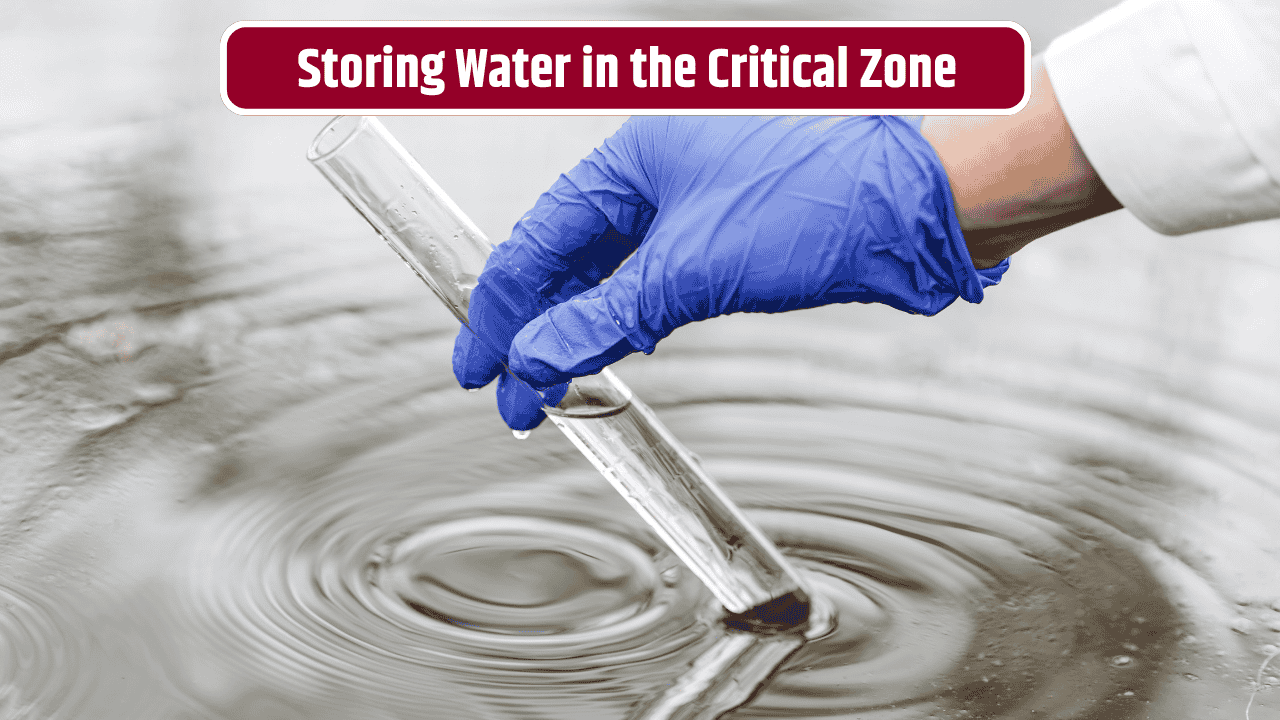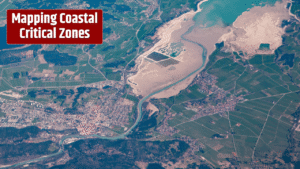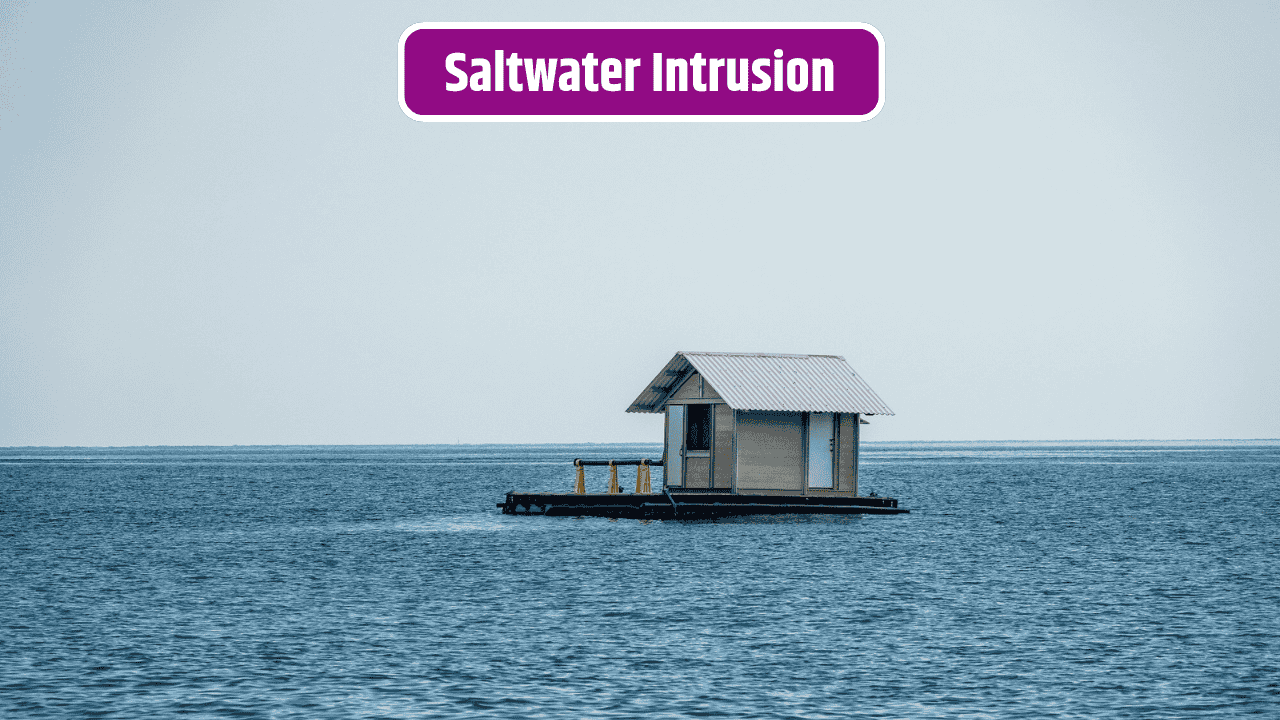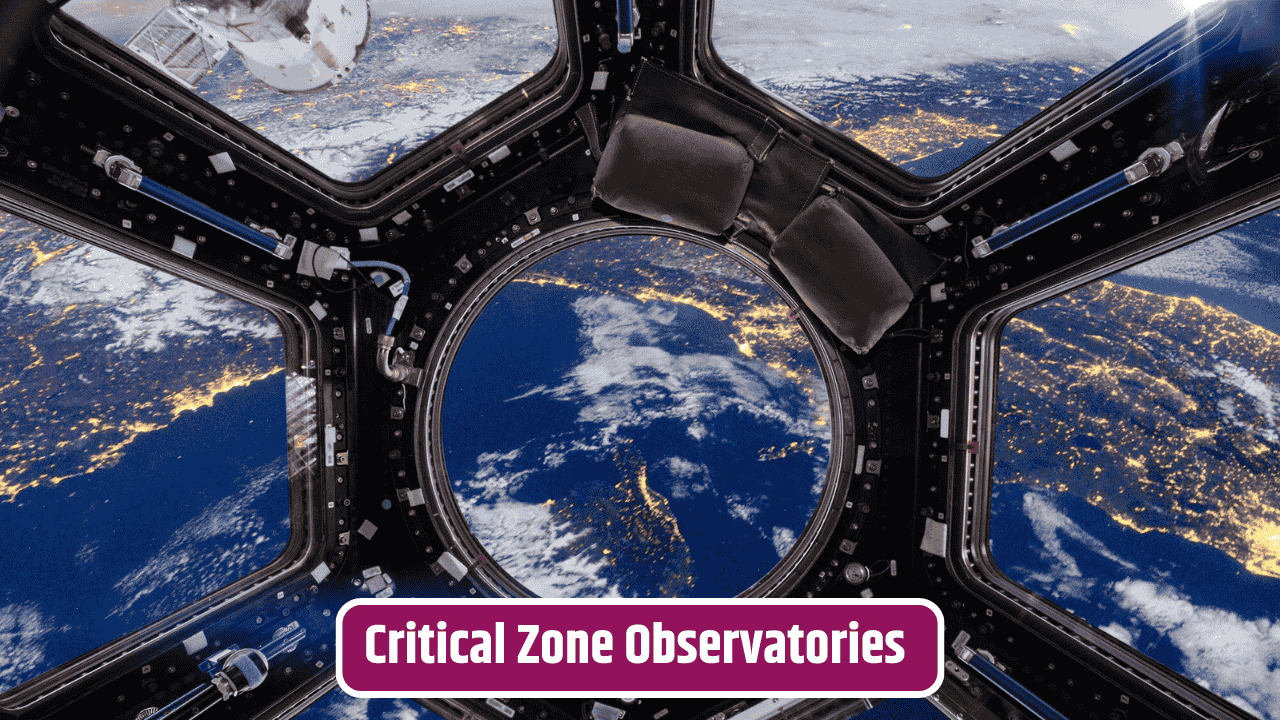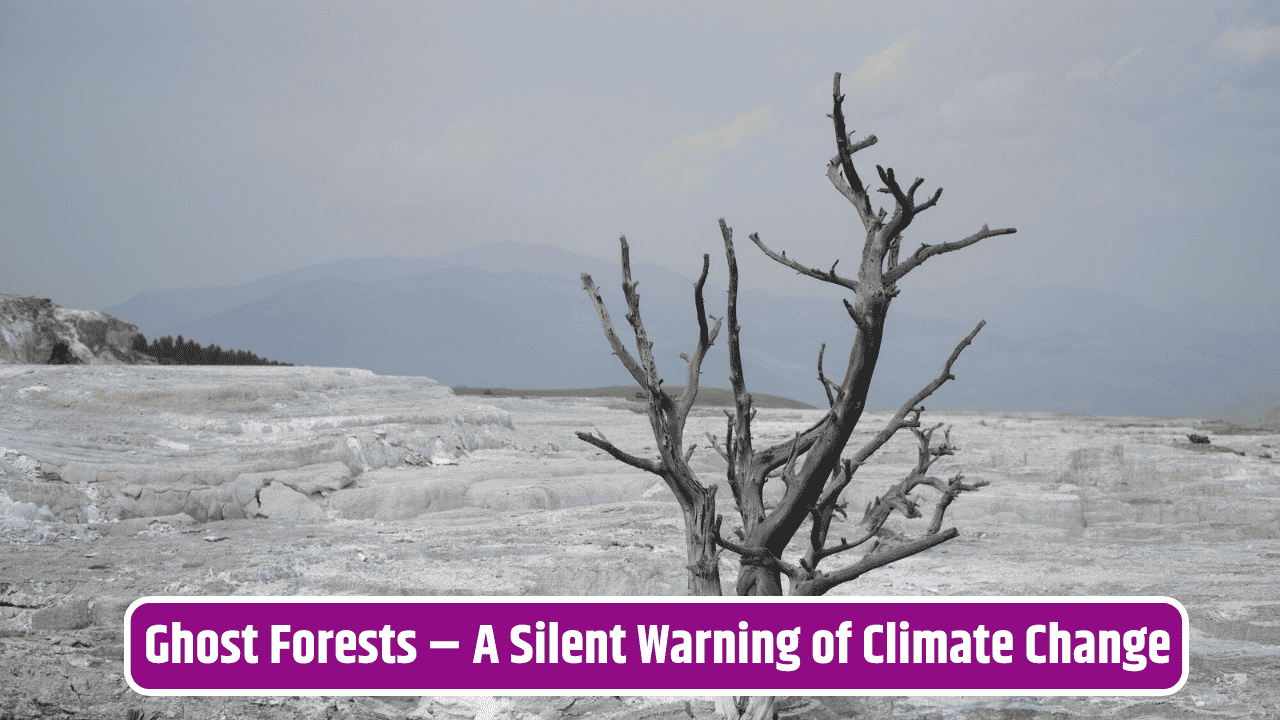Water doesn’t just sit still in a stream, a lake, or the bottle in your fridge. Beneath our feet, in that thin slice of Earth where roots dig deep, soil shifts, and rocks crack, water finds its real home—the Critical Zone. This zone, stretching from the top of the vegetation down to the bottom of groundwater, is like Earth’s life-support system. Without it, ecosystems would collapse faster than a Jenga tower on a wobbly table.
Table of Contents
What Exactly Is the Critical Zone?
Think of the Critical Zone as Earth’s “living skin.” It’s where rainwater trickles down through soil, gets filtered, and eventually recharges groundwater. It’s also where plants draw their lifeline, where microbes hustle around recycling nutrients, and where carbon gets locked or released. Unlike surface reservoirs, which are visible and often managed by humans, the Critical Zone is subtle, hidden, and way more fragile than we give it credit for.
Scientists studying it often call it a “natural plumbing system,” but really, it’s more than pipes—it’s a balancing act. Every drop of water stored there directly decides how forests grow, how rivers flow during dry spells, and how agriculture survives in drought-prone areas.
Why Storing Water There Matters
Water in the Critical Zone isn’t just backup storage; it’s the bridge between weather and climate, life and survival.
- Drought buffer: During dry months, stored water keeps rivers flowing and plants alive. Without it, ecosystems go into shock.
- Soil health: Moisture regulates how nutrients cycle, ensuring crops and natural vegetation thrive.
- Biodiversity insurance: From microbes to mammals, every living thing depends on that underground reservoir.
- Climate regulator: Water movement underground influences carbon storage, which in turn affects how much CO₂ hangs around in the atmosphere.
Here’s a quick breakdown of why this storage trumps any water tank we humans build:
| Role of Water in the Critical Zone | Why It Matters for Ecosystems |
|---|---|
| Maintains baseflow in rivers | Keeps aquatic life alive during dry seasons |
| Supports root systems | Enables forests and crops to survive drought |
| Regulates soil temperature | Protects microbes and nutrient cycles |
| Stores and filters contaminants | Prevents toxins from reaching rivers and humans |
| Controls carbon cycling | Balances greenhouse gases in the atmosphere |
Human Pressure on the Critical Zone
Sadly, this underground reservoir is under siege. Over-pumping groundwater for agriculture, paving over recharge areas with cities, and polluting soil with chemicals all weaken the zone’s ability to hold water. In the U.S., the U.S. Geological Survey (USGS) has already reported alarming drops in groundwater storage, particularly in farming-heavy states like California and Kansas (USGS Groundwater Report).
Add climate change to the mix—hotter temperatures, erratic rainfall—and the Critical Zone becomes even more vulnerable. Instead of a slow, steady release of water, we see flash floods, followed by parched soil. The system isn’t built for these whiplash patterns.
How Ecosystems React When Storage Fails
It doesn’t take long for collapse to set in when the Critical Zone can’t hold water:
- Rivers run dry earlier in summer.
- Forests become tinderboxes, prone to wildfires.
- Wetlands vanish, taking migratory birds with them.
- Farms depend more heavily on irrigation, draining aquifers even faster.
One striking example: during California’s historic drought in the 2010s, researchers found entire forests experiencing “hydraulic failure”—basically, trees couldn’t suck up enough underground water to survive. Millions died, leaving brown scars across the landscape.
Protecting the Hidden Reservoir
So what can we do? The answer isn’t flashy, but it’s doable:
- Better land management: Protecting recharge areas like wetlands and forests.
- Efficient agriculture: Techniques like drip irrigation and cover crops that let more water seep underground.
- Policy action: Incentivizing groundwater recharge projects (California has some promising ones in the works).
- Individual role: Even simple actions like reducing lawn irrigation help ease the pressure.
The Environmental Protection Agency (EPA) also highlights how green infrastructure—think permeable pavements and rain gardens—can help rain soak into the ground instead of rushing off into storm drains (EPA Water Resources).
The Bigger Picture
When we talk about water shortages, people usually picture empty reservoirs or dry taps. But the real crisis often begins underground, quietly. The Critical Zone is like a savings account for ecosystems—dip into it too much, or stop depositing water, and eventually, it runs dry. And when that happens, it’s not just wildlife that suffers—our food systems, our cities, and our future stability are on the line.
FAQs
What makes the Critical Zone different from groundwater aquifers?
The Critical Zone includes soil, roots, and shallow rock layers above deeper aquifers, making it more biologically active.
Can damaged Critical Zones recover?
Yes, but slowly. Restoring wetlands, reforesting areas, and limiting groundwater pumping can help recharge.
How does urbanization affect water storage in the Critical Zone?
Cities seal the ground with concrete and asphalt, blocking rain from seeping in. This reduces natural storage.
Which regions are most at risk of losing Critical Zone storage?
Areas with heavy agriculture and low rainfall, such as the U.S. Southwest, parts of India, and Australia.
How can individuals contribute to protecting the Critical Zone?
Use less water at home, support local conservation policies, and adopt landscaping that absorbs rainfall.

